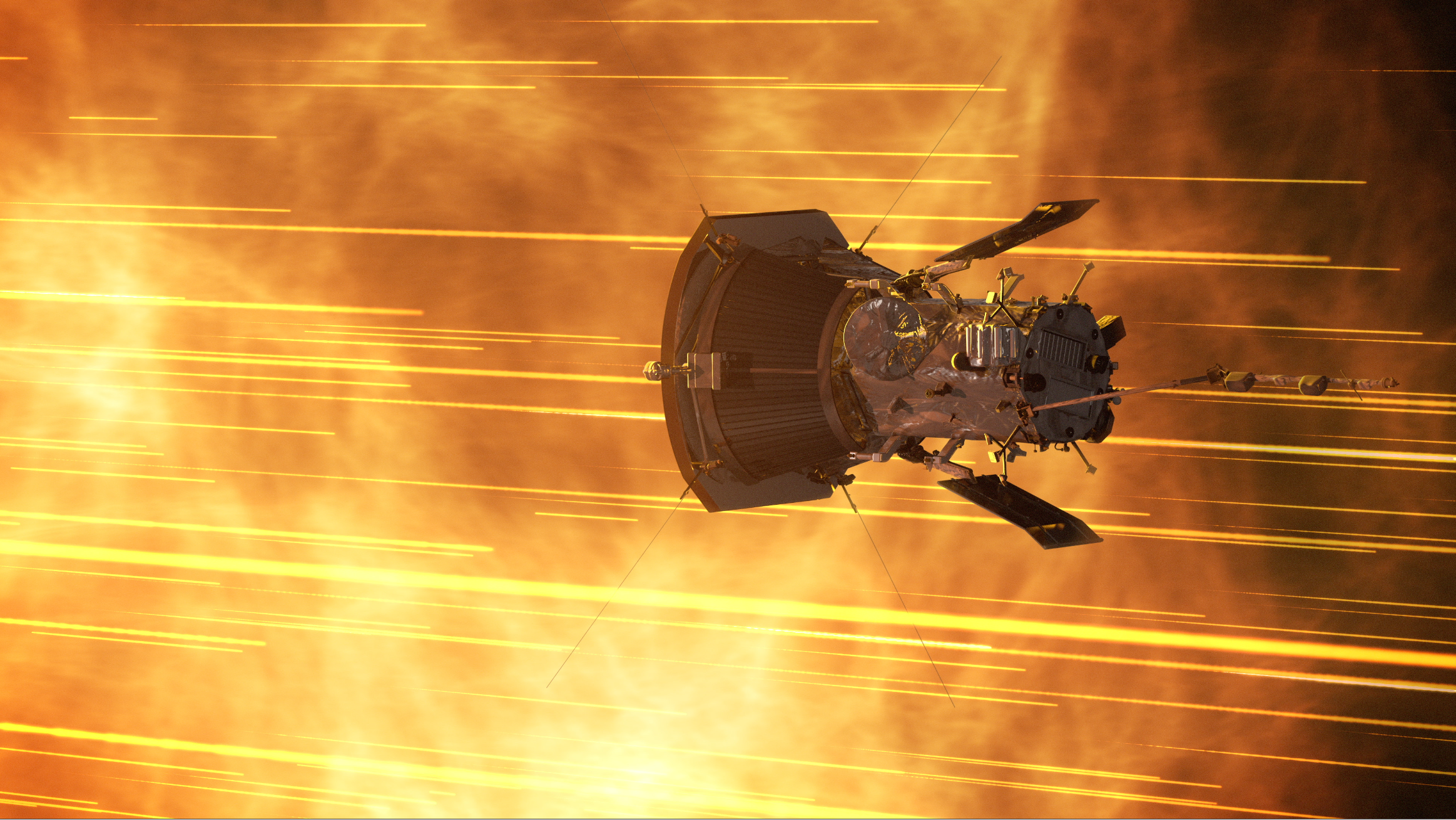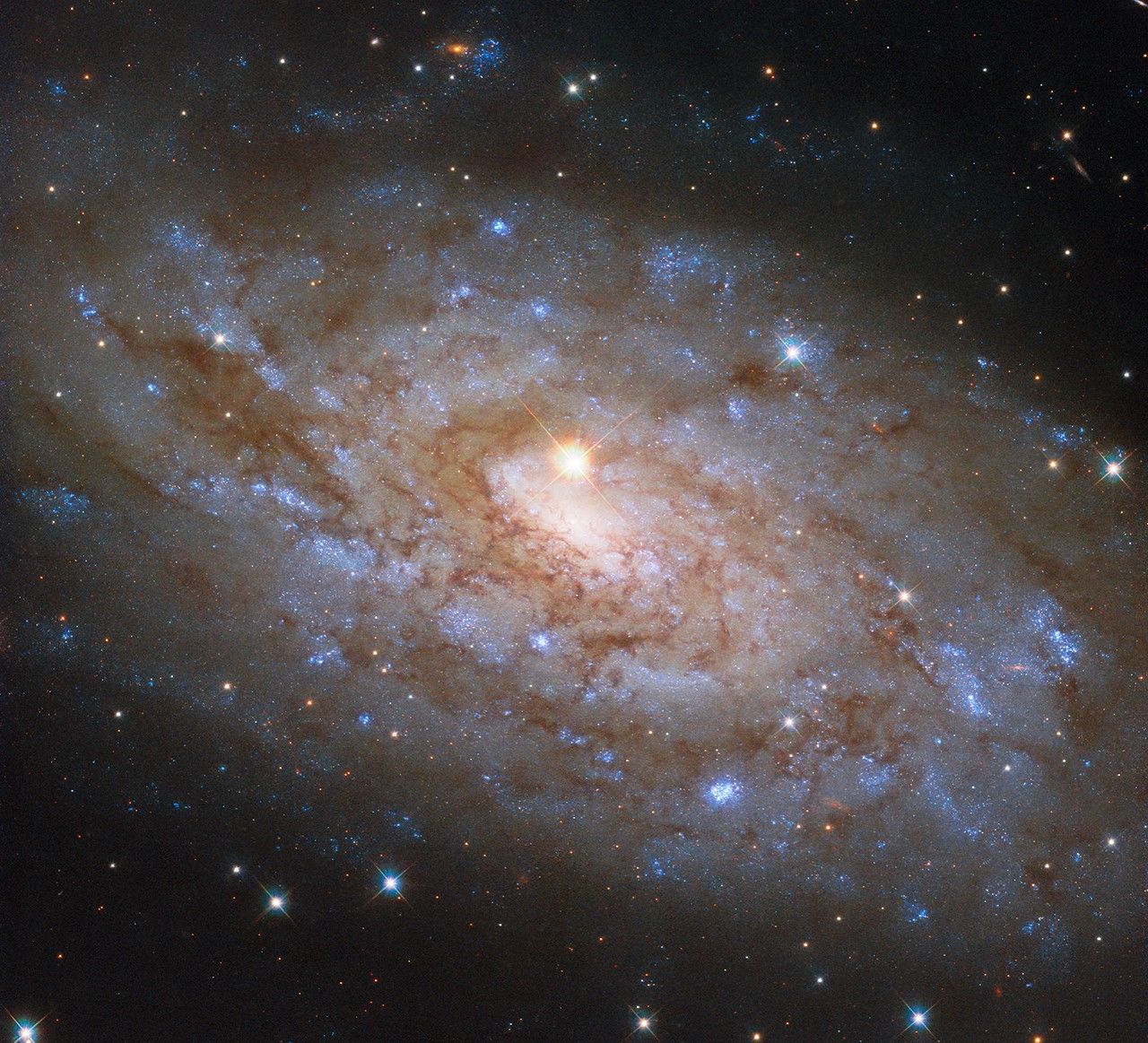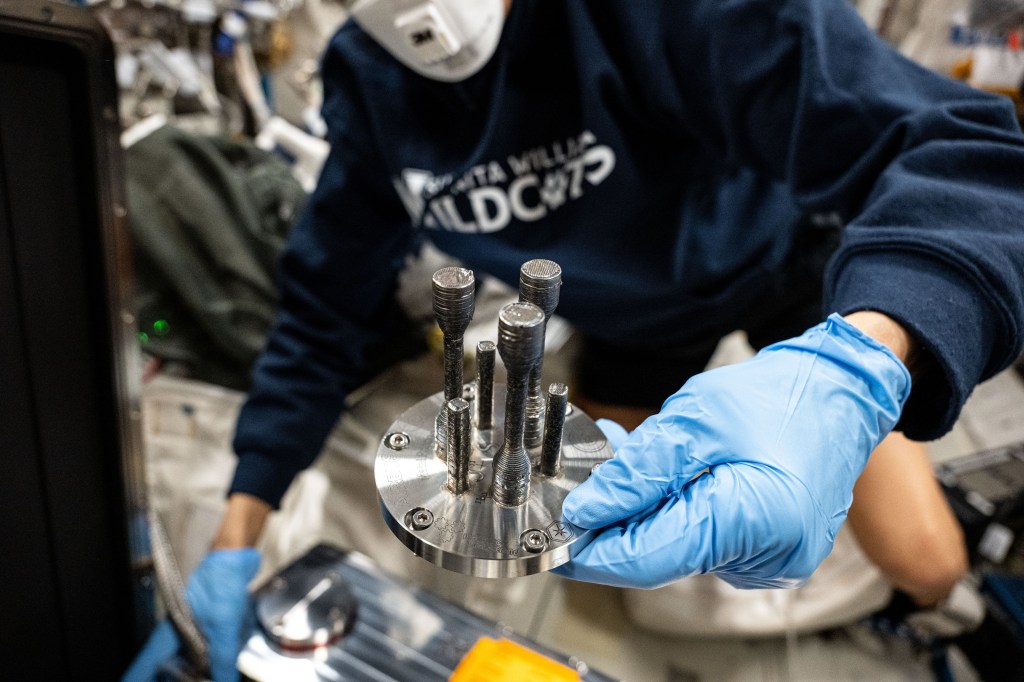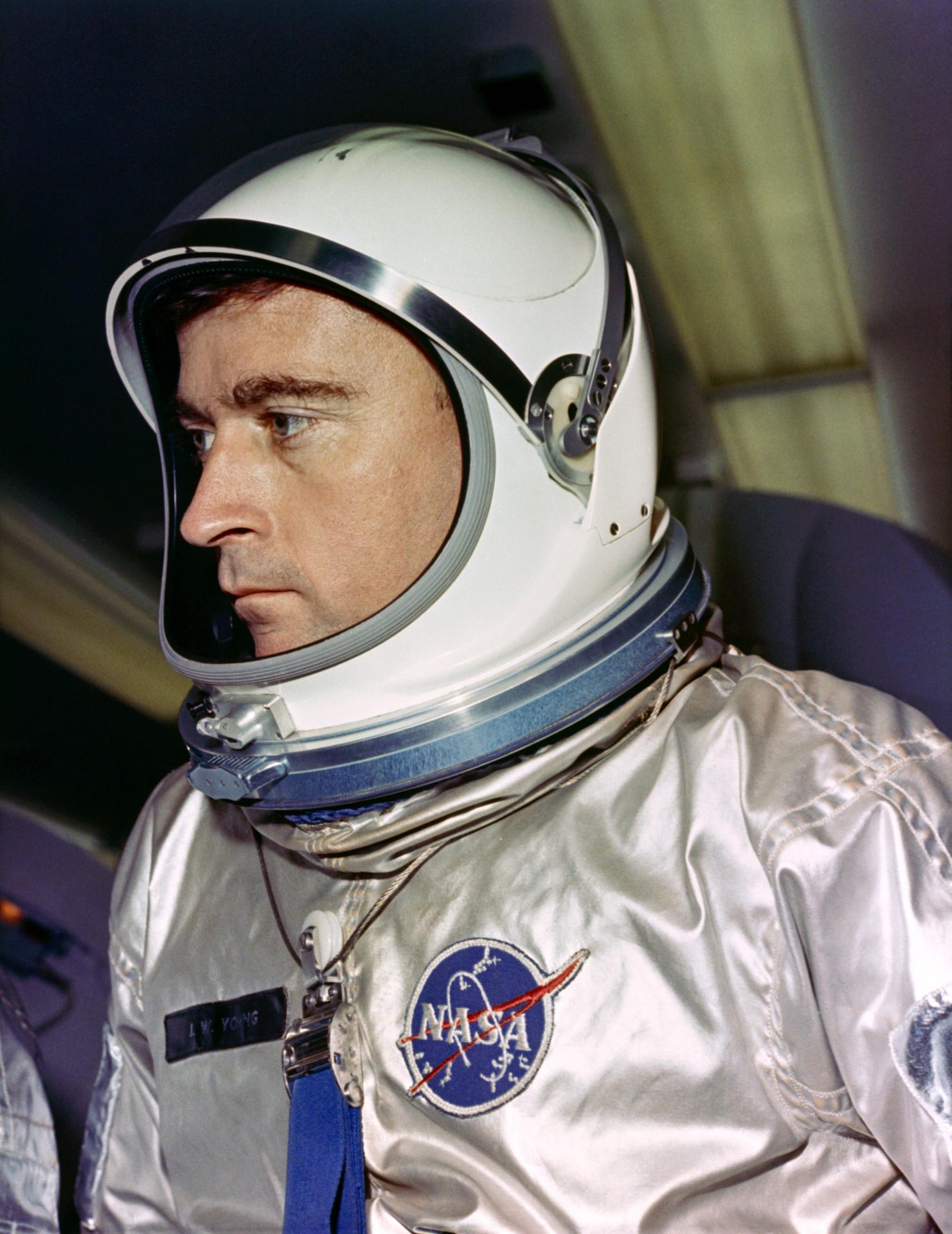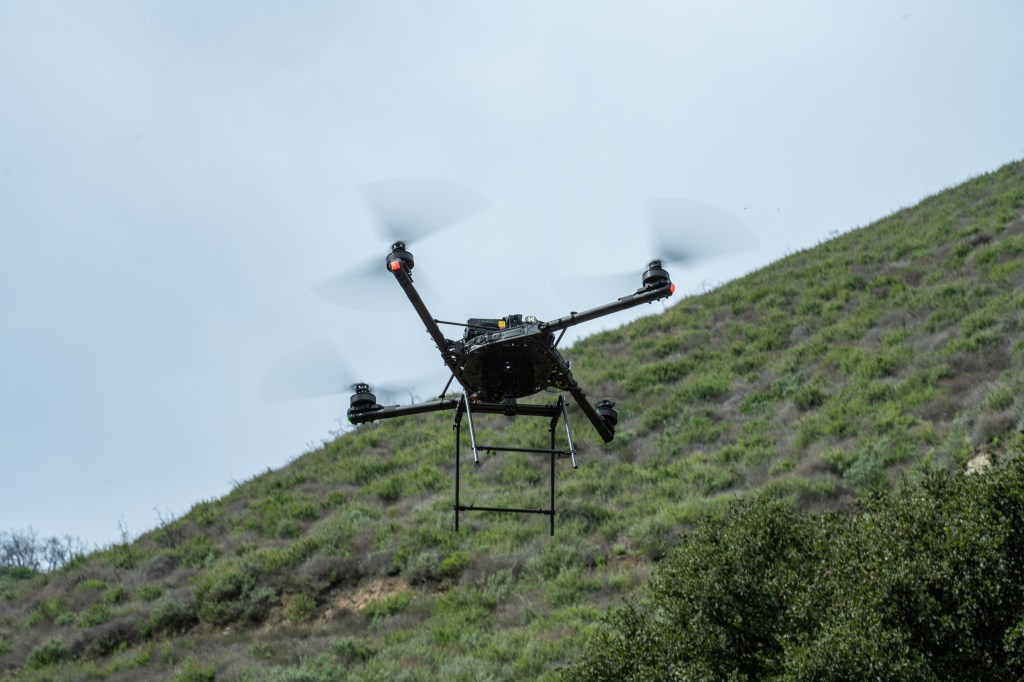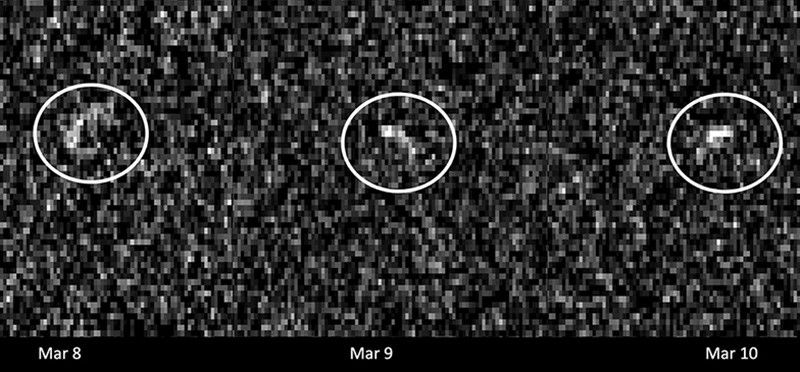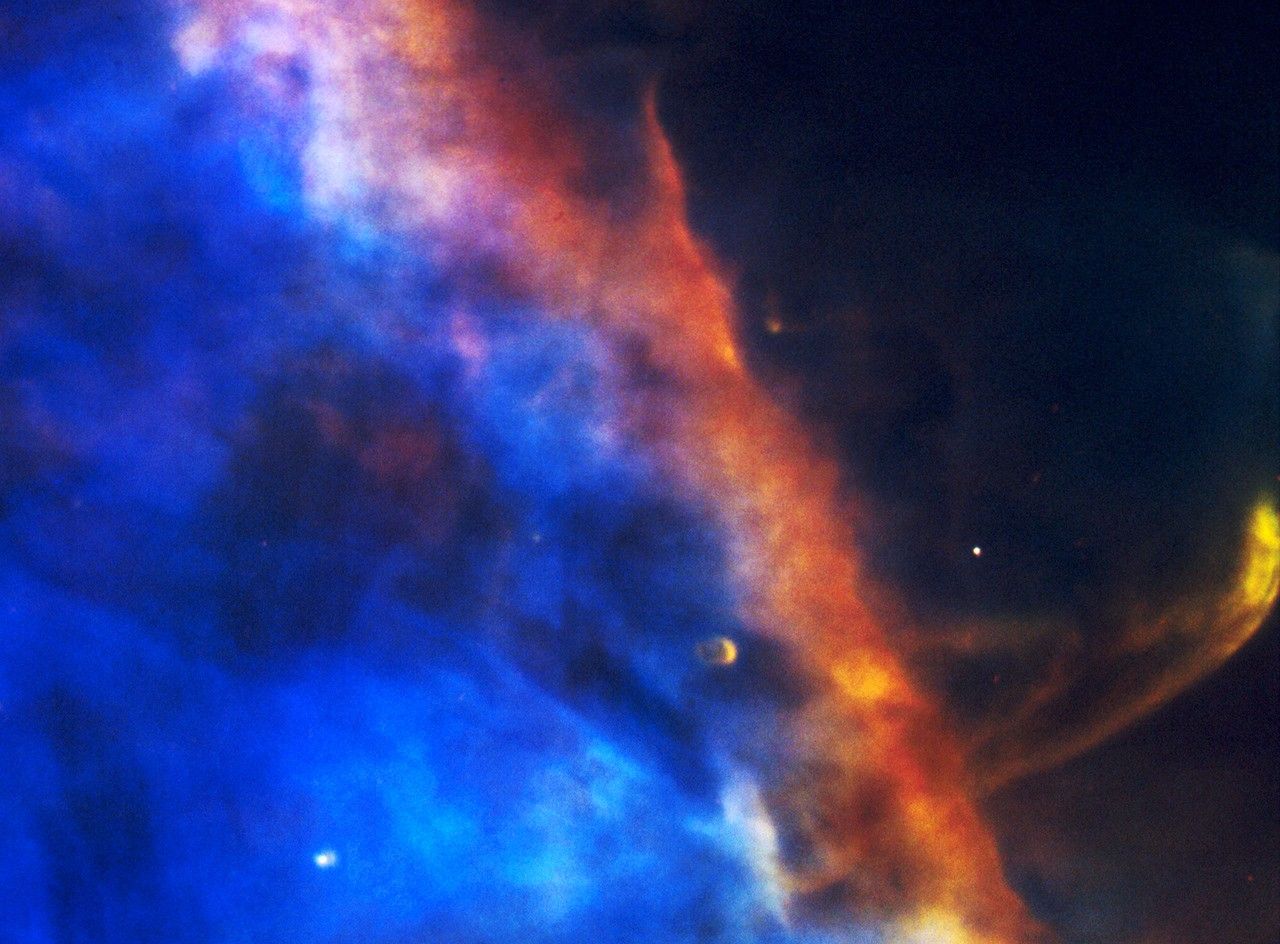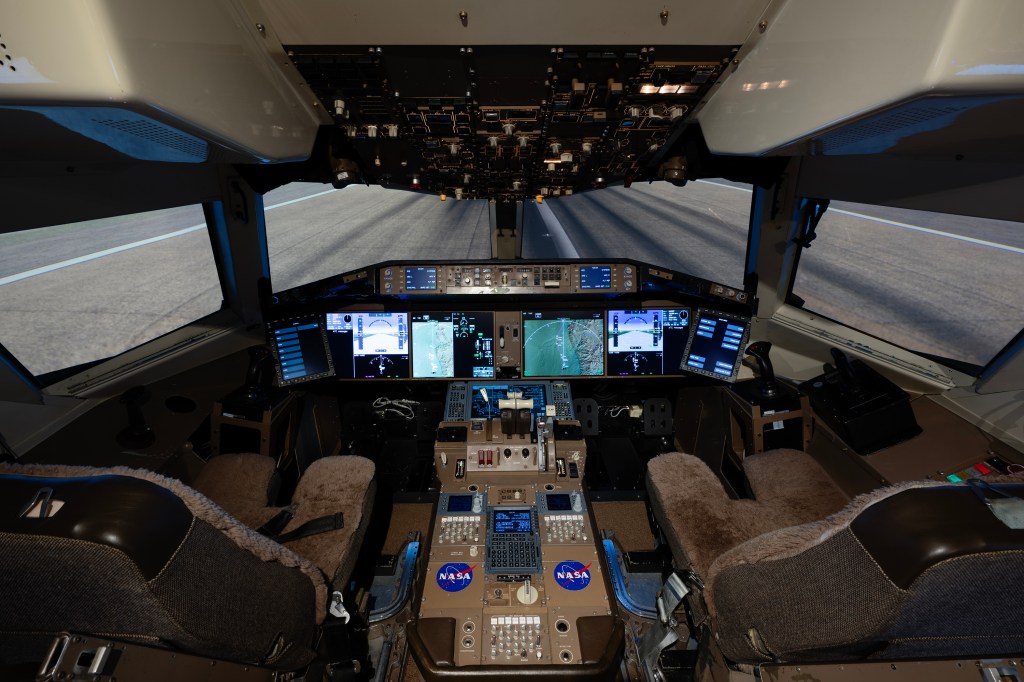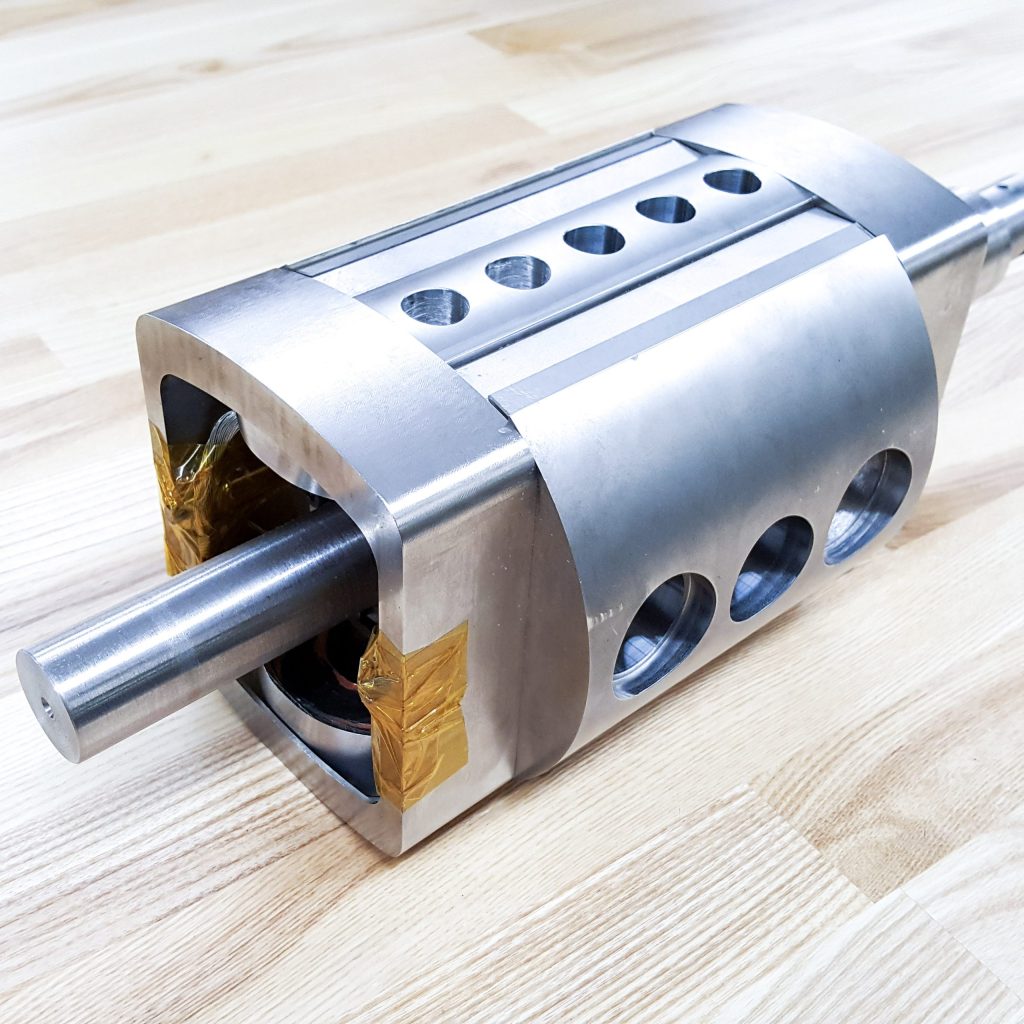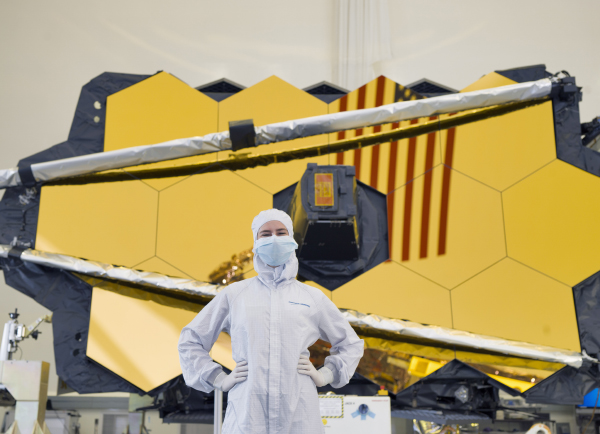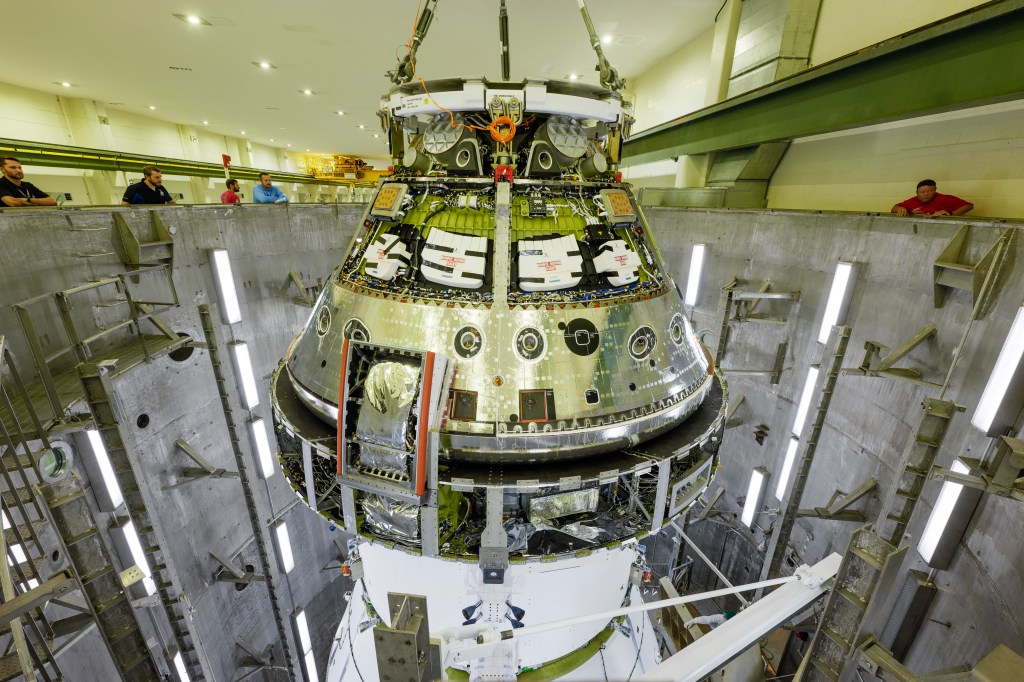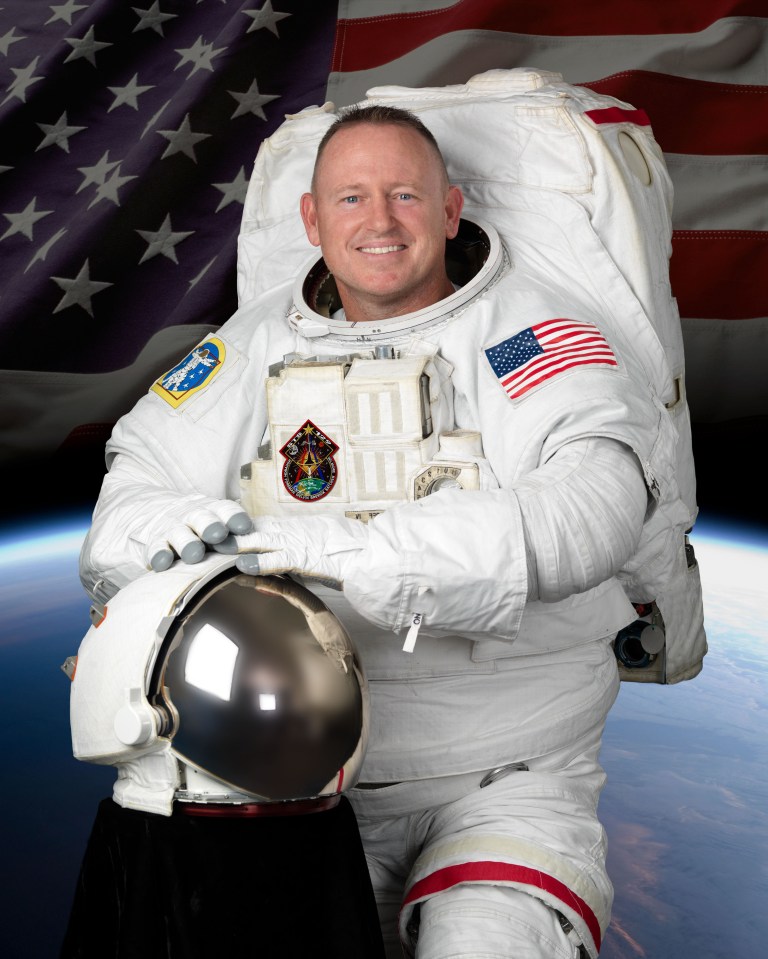
Barry “Butch” E. Wilmore
NASA Astronaut and U.S. Navy Captain, Ret.
Summary
Barry E. Wilmore (Captain, U.S. Navy, Ret.) is a veteran of three spaceflights and has accumulated a total of 464 days in space. Wilmore launched to the International Space Station aboard a Russian Soyuz in Sept. 2014 as a member of Expedition 41. He served as a Flight Engineer until November when he assumed command of the station upon arrival of the Expedition 42 crew. He returned to Earth in March 2015. During this mission, he logged 167 days in space and performed four spacewalks totaling 25 hours, 36 minutes. In 2009, Wilmore served as a pilot aboard space shuttle Atlantis for STS-129, traveling 4.5 million miles in 171 orbits. Most recently, NASA astronauts Butch Wilmore and Suni Williams launched aboard Boeing’s Starliner spacecraft on June 5, 2024, for its first crewed flight, arriving at the space station on June 6. Following the agency’s decision to return Starliner uncrewed, the duo became Expedition 71/72 crewmembers and returned home in March 2025 aboard the SpaceX Dragon spacecraft with NASA astronaut Nick Hague and Roscosmos cosmonaut Aleksandr Gorbunov on NASA’s SpaceX Crew-9 mission.
Personal
Wilmore is married to the former Miss Deanna Newport of Helenwood, Tennessee, and they have two daughters, Daryn and Logan. Wilmore was raised in Mt. Juliet, Tennessee where his parents Eugene and Faye Wilmore still reside. His brother Jack and family reside in Franklin, Tennessee.
Education
Mount Juliet High School, Mount Juliet, Tennessee. Bachelor of Science and Master of Science in Electrical Engineering, Tennessee Technological University. Master of Science in Aviation Systems, University of Tennessee.
Experience
Wilmore has accumulated more than 8,000 flight hours and 663 carrier landings, all in tactical jet aircraft, and is a graduate of the United States Naval Test Pilot School (USNTPS). During his tenure as a fleet Naval officer and aviator, Wilmore completed four operational deployments, flying the A-7E and FA 18 aircraft from the decks of the USS Forrestal, USS Kennedy, USS Enterprise and the USS Eisenhower aircraft carriers. He has flown missions in support of Operations Desert Storm, Desert Shield and Southern Watch over the skies of Iraq, as well as missions over Bosnia in support of United States and NATO interests. Wilmore successfully completed 21 combat missions during Operation Desert Storm while operating from the flight deck of the USS Kennedy. His most recent operational deployment was aboard the USS Eisenhower with the “Blue Blasters” of Strike Fighter Squadron 34 (VFA-34), where he flew his final combat missions.
As a Navy test pilot, Wilmore participated in all aspects of the initial development of the T-45 jet trainer to include initial carrier landing certification and high angle of attack flight tests. His test tour also included a stint at USNTPS as a systems and fixed wing Flight Test Instructor. Prior to his selection to NASA, Wilmore was on exchange to the United States Air Force as a Flight Test Instructor at the Air Force Test Pilot School at Edwards Air Force Base, California.
NASA Experience
Selected as an astronaut by NASA in July 2000, Wilmore reported for training in August 2000. Following the completion of two years of training and evaluation, he was assigned technical duties representing the Astronaut Office on all propulsion systems issues including the space shuttle main engines, solid rocket motor, external tank, and also led the astronaut support team that traveled to NASA’s Kennedy Space Center, Florida, in support of launch and landing operations. To date, Wilmore has logged 464 days in space. He completed his first flight as pilot on STS-129 where he logged more than 259 hours (11 days) in space. From September to November 2014, he served as Flight Engineer aboard the International Space Station for Expedition 41 and then as commander of Expedition 42 from November 2014 to March 2015 totaling 167 days in space. NASA astronauts Butch Wilmore and Suni Williams launched aboard Boeing’s Starliner spacecraft on June 5, 2024 for its first crewed flight, arriving at the space station on June 6. Following the agency’s decision to return Starliner uncrewed, the duo became Expedition 71/72 crewmembers and returned home in March 2025 aboard the SpaceX Dragon spacecraft with NASA astronaut Nick Hague and Roscosmos cosmonaut Aleksandr Gorbunov on NASA’s SpaceX Crew-9 mission.
Spaceflight Experience
STS-129 (November 16 through November 29, 2009). This was the 31st shuttle flight to the International Space Station. During the mission, the crew delivered two Express Logistics Carrier (ELC racks) and about 30,000 pounds of replacement parts to maintain the station’s proper orientation in space. The mission also featured three spacewalks. The STS-129 mission was completed in 10 days, 19 hours, 16 minutes and 13 seconds, traveling 4.5 million miles in 171 orbits, and returned to Earth bringing back with them NASA astronaut, Nicole Stott, following her tour of duty aboard the station.
Expedtion 41/42 (September 25, 2014 through March 12, 2015). Wilmore and cosmonauts Elena Serova and Alexander Samokutyaev launched to the International Space Station in a Soyuz spacecraft from the Baikonur Cosmodrome in Kazakhstan. Wilmore assumed command of the station in November 2014. On March 12, 2015 the Expedition 42 crew safely touched down in Dzhezkazgan, Kazakhstan after a 167 day mission aboard the International Space Station. Wilmore performed three spacewalks to prepare for new international docking adapters and future U.S. commercial crew spacecraft. In addition, he completed a spacewalk with fellow astronaut Reid Wiseman to replace a failed voltage regulator.
During Expedition 72, as part of NASA’s SpaceX Crew-9 crew, Wilmore completed a spacewalk with NASA astronaut Suni Williams to help remove a radio frequency group antenna assembly from the station’s truss and collected samples and surface material for analysis from the Destiny laboratory and the Quest airlock. Wilmore has now logged over 31 hours and 60 minutes of time in five spacewalks.
Awards/Honors
Personal Decorations Include: The Legion of Merit, The Defense Superior Service Medal, Defense Meritorious Service Medal, Two Navy Meritorious Service Medals, Five Air Medals, Three with Combat ‘V’ designation, Six Navy Commendation Medals, Three of which also hold the Combat ‘V’ designation, The NASA Distinguished Service Medal, Two NASA Space Flight Medals and Two Navy Achievement Medals.
Other Awards Include: NCAA Theodore Roosevelt Award (2018), University of Tennessee Centennial Alumni – Top 100 Graduates (2017), University of Tennessee Mechanical Aerospace & Biomedical Engineering (MABE) Hall of Fame Inductee (2017), University of Tennessee Accomplished Alumni Award (2015), Honorary Doctorate, Tennessee Technological University (2012), Tennessee Technological University Outstanding Alumnus and Engineer of Distinction (2010), Tennessee Technological University “Sports Hall of Fame” Inductee for football (2003), U.S. Atlantic Fleet “Strike Fighter Aviator of the Year” (1999), Strike Fighter Wing Atlantic “Scott Speicher Award” for Weapons Employment Excellence (1998), United States Atlantic Fleet “Light Attack Wing One – Pilot of the Year” (1991), Initial Naval Flight Training “Commodores List with Distinction” (1987-88), Aviation Officer Candidate School (AOCS) “Distinguished Naval Graduate” (1986).
Pronunciation
BEAR-ee WILL-more


